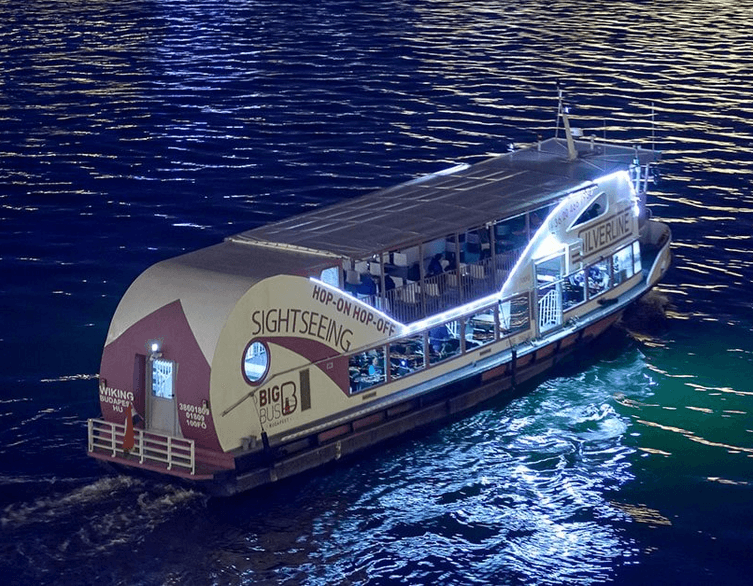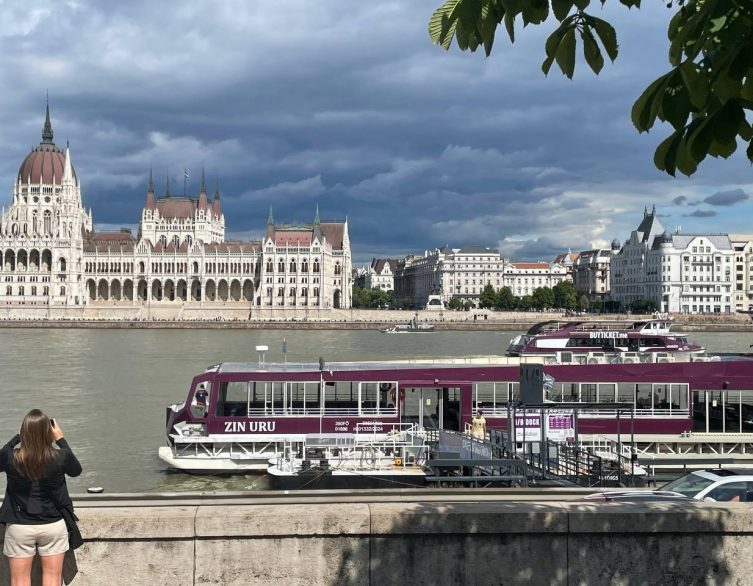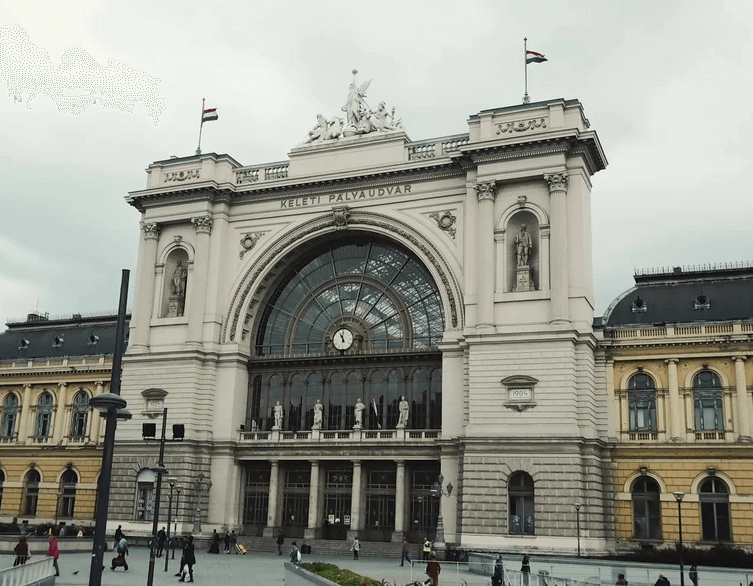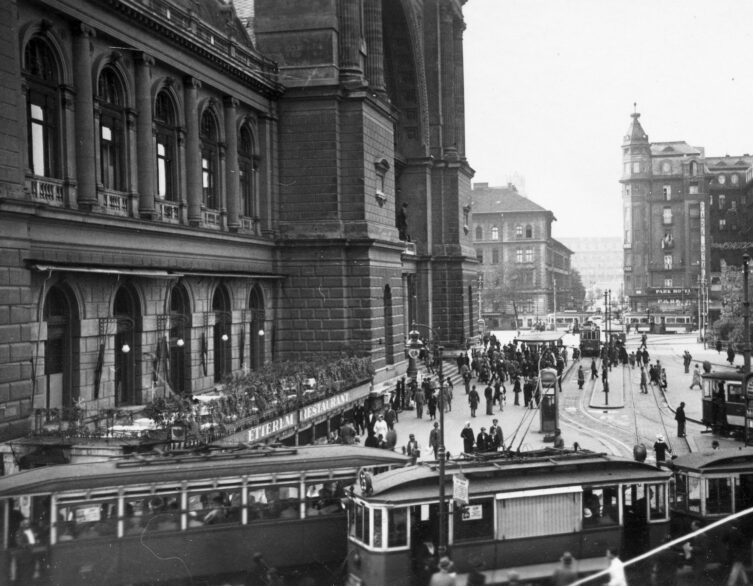Budapest Keleti Railway Station Delayed Reopening: What Tourists Need to Know

The long-awaited reopening of Budapest’s historic Keleti Railway Station has faced unexpected delays, creating important travel considerations for visitors to Hungary’s capital city.
The Renovation That Took Longer Than Expected
After four weeks of closure starting August 25th, 2025, Budapest Keleti Railway Station was scheduled to reopen on Sunday, September 21st following a massive 4.5 billion forint infrastructure renovation project. However, technical difficulties have caused the reopening to stretch into Monday and beyond, with some services still experiencing disruptions.
The station’s closure represented one of the most significant railway infrastructure projects in recent Hungarian history. The renovation work focused on modernizing the century-old station’s electrical systems, signaling equipment, and track infrastructure to meet contemporary safety and efficiency standards.
What Went Wrong
The delays stemmed from unexpected electrical system malfunctions that occurred when power was restored to the station after a month of being disconnected. According to MÁV (Hungarian State Railways) CEO Zsolt Hegyi, safety system failures were discovered just hours before the planned Sunday morning reopening, forcing officials to delay the launch until the technical issues could be resolved.
Best deals of Budapest
These types of complications, while frustrating for travelers, demonstrate the railway company’s commitment to passenger safety. The complex electrical and signaling systems that had been dormant for a month required careful calibration, and some components experienced unexpected failures when reactivated.
Current Travel Situation for Tourists
Foreign visitors traveling through Budapest should be aware that certain international and domestic routes continue to experience modifications. Trains serving the western regions of Hungary, including services to Győr, Sopron, and Szombathely, as well as international connections to Vienna and Graz, are currently operating from Budapest-Kelenföld station instead of Keleti.
For tourists, this means adjusting travel plans to account for the temporary station changes. The good news is that Budapest’s excellent public transportation system provides seamless connections between these stations via the M4 metro line, and railway tickets are being accepted on public transport to help passengers reach their destinations.
Getting Around During the Disruption
International travelers can take advantage of several transportation alternatives during this transition period. The M4 metro line directly connects Keleti Railway Station with Kelenföld, making transfers relatively straightforward for those whose trains are departing from the alternative station.
Budapest’s public transportation authority (BKK) has implemented special accommodations, accepting railway tickets on multiple metro lines, buses, and trams throughout the city. This flexibility ensures that tourists can still navigate the city efficiently despite the railway disruptions.
Services Gradually Returning
The station reopening is happening in phases rather than all at once. Some domestic routes resumed service to Keleti on Sunday afternoon, while others are being gradually reintroduced throughout the week. International services and longer-distance domestic trains are taking longer to fully return to normal operations.
For tourists planning to use the station’s amenities, the ticket offices have reopened in their original locations, automatic ticket machines are functioning again, and services like luggage storage and the Premium lounge are available with their usual terms and conditions.
Long-term Improvements for Visitors
Despite the temporary inconvenience, the completed renovation work promises significant improvements for international visitors using Hungary’s busiest railway station. The modernized infrastructure will eventually support higher operating speeds and more reliable service once all post-renovation adjustments are completed by the December timetable change.
The station’s historic main hall and platforms have been restored while incorporating modern safety and efficiency features. This blend of heritage preservation and contemporary functionality aligns perfectly with Budapest’s appeal as a destination that seamlessly combines historical charm with modern convenience.
Planning Your Budapest Railway Travel
Tourists visiting Budapest during this transition period should allow extra time for railway travel and stay informed about current service status. The MÁV website and station announcements provide up-to-date information about which services are operating from which stations.
Consider this temporary situation as part of the authentic Budapest experience – witnessing a major infrastructure improvement project that will benefit the city and its visitors for years to come. The railway system’s commitment to safety and modernization reflects Hungary’s dedication to maintaining world-class transportation infrastructure for both residents and the millions of international visitors who choose Budapest as their destination.
The situation demonstrates why Budapest remains one of Europe’s most accessible capitals, with multiple transportation options and a commitment to keeping visitors informed and mobile even during major infrastructure upgrades.
Related news



















